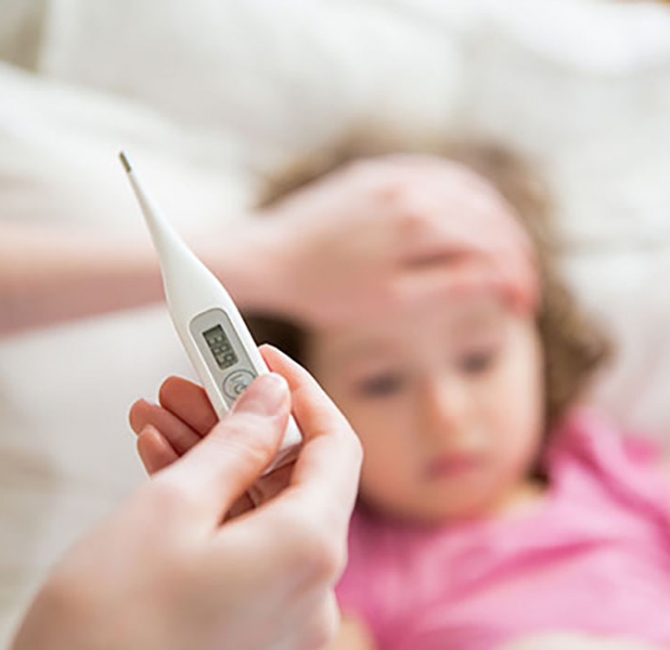Vaping is linked to a substantially increased risk of COVID-19 among teenagers and young adults, according to a new study led by researchers at the Stanford University School of Medicine.
The study, which was published online in the Journal of Adolescent Health, is the first to examine connections between youth vaping and COVID-19 using US population-based data collected during the pandemic.
Among young people who were tested for the virus causing COVID-19, the research found those who vaped were five to seven times more likely to be infected than those who did not use e-cigarettes.
“Teens and young adults need to know if you use e-cigarettes, you are likely at immediate risk of COVID-19 because you are damaging your lungs,” said the study’s senior author, Bonnie Halpern-Felsher, PhD, professor of pediatrics.
‘Not just a small increase in risk’
“Young people may believe their age protects them from contracting the virus or that they will not experience symptoms of COVID-19, but the data show this isn’t true among those who vape,” said the study’s lead author, postdoctoral scholar Shivani Mathur Gaiha, PhD.
“This study tells us pretty clearly youth who are using vapes or are dual-using [e-cigarettes and cigarettes] are at elevated risk, and it’s not just a small increase in risk; it’s a big one,” Gaiha said.
Data were collected via online surveys conducted in May. Surveys were completed by 4,351 participants ages 13 to 24 who lived in all 50 US states, the District of Columbia and three US territories. The researchers recruited a sample of participants that was evenly divided between those who had used e-cigarettes and those who had never used nicotine products. The sample also included approximately equal numbers of people in different age groups (adolescent, young adult and adult), races and genders.
Participants answered questions about whether they had ever used vaping devices or combustible cigarettes, as well as whether they had vaped or smoked in the past 30 days. They were asked if they had experienced COVID-19 symptoms, received a test for COVID-19 or received a positive diagnosis of COVID-19 after being tested.
Young people who had used both cigarettes and e-cigarettes in the previous 30 days were almost five times as likely to experience COVID-19 symptoms, such as coughing, fever, tiredness and difficulty breathing as those who never smoked or vaped. This may explain why they were also more likely to receive COVID-19 testing. Depending on which nicotine products they used and how recently they had used them, young people who vaped or smoked, or both, were 2.6 to nine times more likely to receive COVID-19 tests than nonusers.
Among the participants who were tested for COVID-19, those who had ever used e-cigarettes were five times more likely to be diagnosed with COVID-19 than nonusers. Those who had used both e-cigarettes and conventional cigarettes in the previous 30 days were 6.8 times more likely to be diagnosed with the disease. The researchers did not find a connection between COVID-19 diagnosis and smoking conventional cigarettes alone, perhaps because the prevalent pattern among youth is to use both vaping devices and traditional cigarettes. Other research has shown that nearly all nicotine-using youth vape, and some also smoke cigarettes, but very few use cigarettes only, Halpern-Felsher said.



